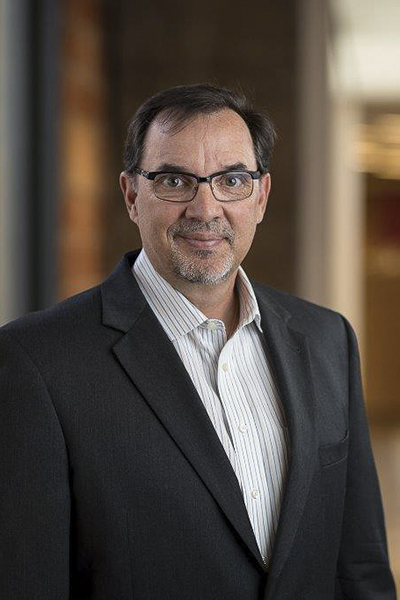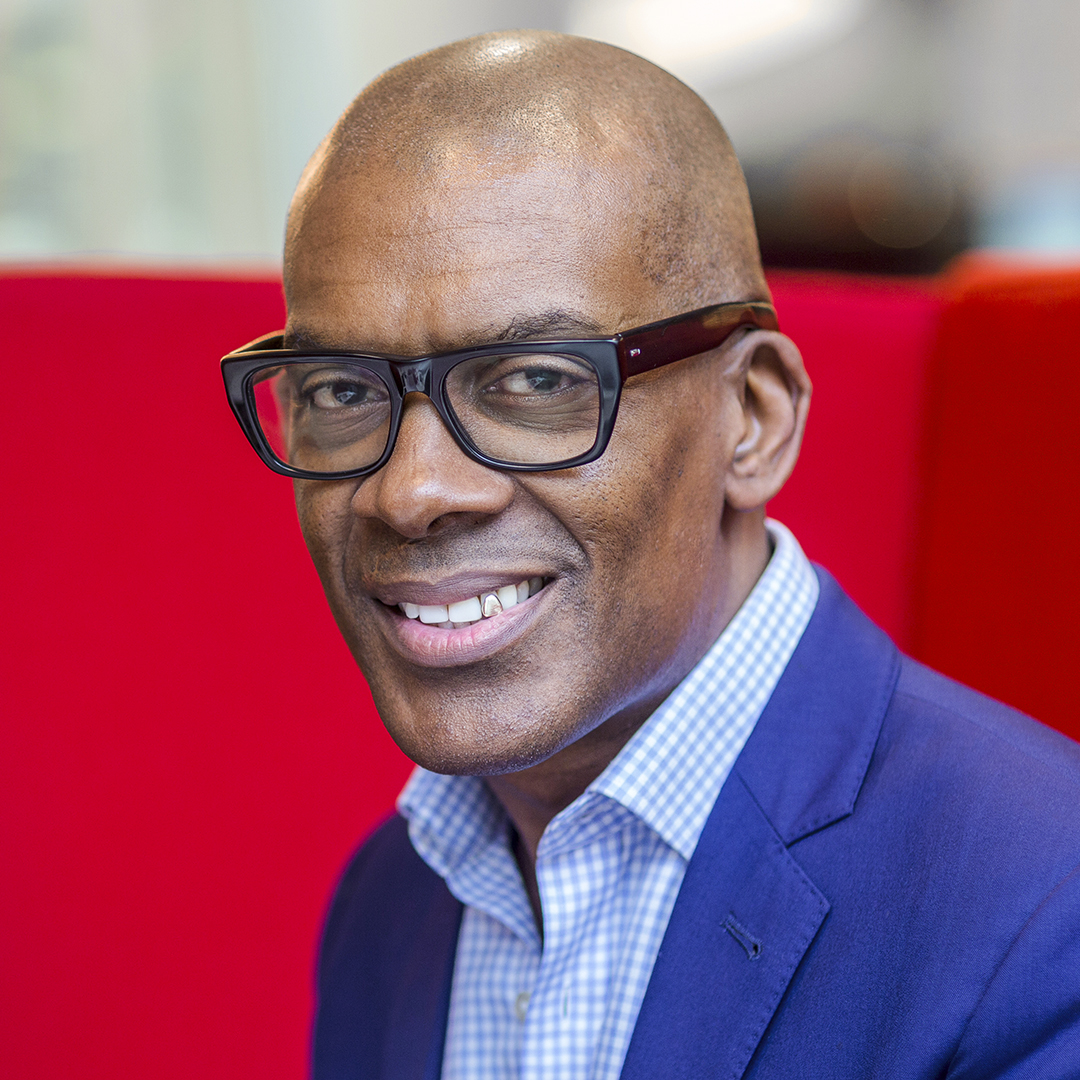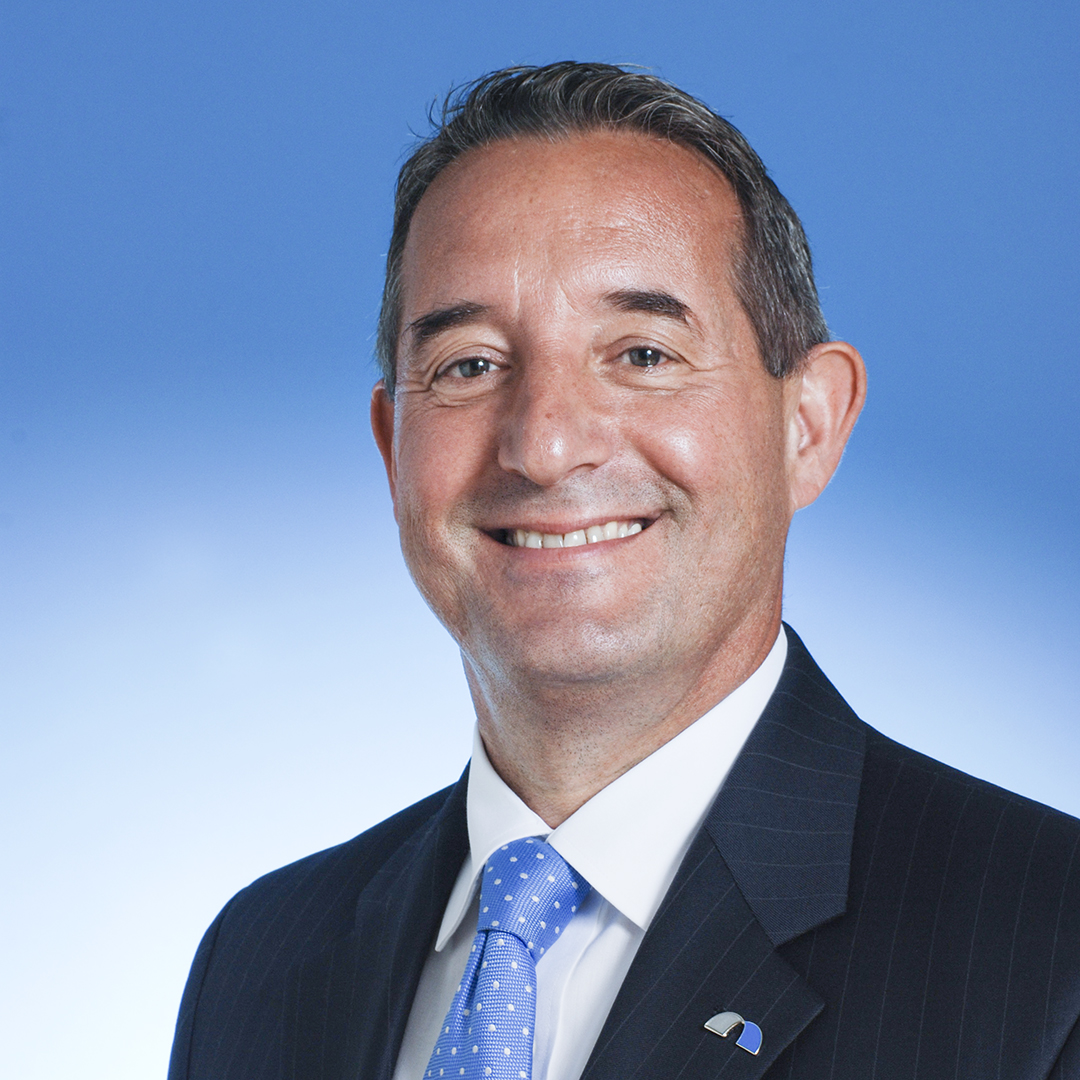|
Getting your Trinity Audio player ready...
|
Denton Wilson doesn’t want to be called ‘unique.’
Leveraging his two decades of experience in healthcare-centered project development, Wilson has created and refined a one-of-a-kind process designed to foster an environment of structured collaboration amongst the various teams involved in planning, design, and construction.

Courtesy of Denton Wilson
But to Wilson’s mind, the innovativeness of his approach is far less important than the consistent level at which he has implemented it. “I’ve been called unique before,” says the VP of planning, design, and construction at Atrium Health. “But I don’t want my passion, my strategy, to be seen as a onetime event.” Rather, Wilson has made a name for himself by repeatedly and successfully applying his 14-step process at healthcare systems and organizations all across the country.
The goal of that process, Wilson explains, is to create a collaborative environment that allows for the “team-driven measures of accountability,” as well as clarity of roles and expectations to drive shared goals and a common vision. Wilson achieves that by formalizing the environment, unifying the team, and removing the silos of inadequacy. Each month, team surveys are issued to validate that the environment is supportive of team success and that everyone is both held accountable for their respective duties and given a voice. According to Wilson, it’s ultimately meant to measure, adjust, and create betterment.

“Our industry does not take the time to pause and learn during the project delivery journey. We strictly engage retrospectives at key milestone moments,” Wilson explains, adding that each meeting is a chance for the team to talk about what’s going well and what isn’t. “Those conversations are tremendously useful because they are formal moments apart from the workflow. Typically, people won’t slow down enough to have these robust conversations on their own.”
He continues that transparency by expressing that honesty about success and failure is at the core of making these meetings productive. “If you outright ask someone in front of their colleagues if their work is going well, more often than not they will reply with a yes,” Wilson says. “They don’t want to seem weak or inadequate. So, frankly we stopped asking. Instead, we use the power of our collaborative structure. To me, collaboration means measures of accountability.” To achieve this level of partnership, team-defined measures are placed on the wall, and each member is asked to mark them with green, yellow, or red dots.
According to Wilson, those dots are an invaluable part of the process because they provide an instant visual of what everyone needs to focus on and discuss further without being too intimidating. “It creates a safe zone that produces robust conversations so Monday’s a better day,” the VP says.

Wilson was inspired to create this 14-step structure when he realized how siloed healthcare-based project delivery had become. “Siloes aren’t always bad because everyone gets really good at their individual tasks,” he says. “But because everyone was siloed, they were working often in adversarial relationships. Their contracts were held separately, so there was no unity or need to work holistically.” Wilson believes it’s the role of the owner to work against this, creating an environment to integrate the team.
Instead of working in isolation, Wilson wants his teams to return to the ideals held by Renaissance-era master builders, explaining that since they were responsible for all aspects of design and construction, they understood the impact their role had on the community. He is pleased that the industry is moving the needle back in that direction, stating that the missing link is the need for “collaborative leaders.” Ultimately Wilson’s desire is a team environment focused on alignment of vision with recognition of individuals’ impact of their work for those in their time of need.
“My teams are composed of some of the most talented professionals who are fully committed to elevating the ‘quality of care experience,” Wilson says, emphasizing that they hire ‘teams, not firms.’ “They’re teams that grow professionally and personally together as they strive to design and deliver projects that raise the bar. Teams who truly focus on the family and patient journey because they understand how important their task is.”

That is why, at each of his construction meetings at Atrium, Wilson provides a striking reminder of his team’s patient-focused mission. “There’s a volleyball at all of our meetings, like the one in Cast Away, that represents the patient,” Wilson says, chuckling. “I came to Atrium because of the quality of the healthcare system here, and because of their passion to serve the community.”
Currently, Wilson and his team are working on over $1.5 billion in projects that are driven by this focus on structured collaboration. A lean mind-set driven by A3 studies, 3P teaming sessions, and Choosing by Advantages (CBAs) is creating a foundation of information and decisions that will drive the highest level of care and operation efficiency. They are bringing in front line staff, clinicians, medical leadership, and trauma experts in order to learn what current process and environments are limiting their daily journey. “When I say that my project teams impact healthcare and help to improve the industry, it’s because we’re teaching everybody how to be transparent, passionate, engaged, and to think outside the box when it comes to being a collaborative leader and keeping people motivated,” Wilson remarks.
The procurement process that Wilson has developed in order to find and cultivate people of that level of passion and talent is one of his proudest achievements. He calls it an “RFC request for collaboration.”
“It’s the first step, and the foundation of all things going forward,” he asserts. “There’s no use creating a plan if you have a team that can’t really deliver on what’s outlined in that plan.” The RFC engages the industry at a show-me level. The final two teams are asked to complete five research topics in a real working environment. The teams are aligned for three weeks to work with our architects, project managers, and design consultants to complete CBAs together. “It’s a fantastic view of how the teams engage and solve issues before they are contracted,” Wilson says. “It really sets a tone on how well a team can work together given the right environment from day one. We typically hear ‘we learned more about each other in three weeks than we would typically learn in the first three to six months!’”
And Wilson is thrilled with the quality of the teams he has helped procure for Atrium. “It’s very humbling,” he says. “I often don’t take enough time to pause and appreciate the level of passion I have here.”
Denton has truly intensified Little’s Healthcare Studio’s focus on partnership, team culture, and timely, effective communication. Working within a fun, high-performing, synergistic, and aligned team toward a shared goal has further elevated our ability to address the critical stakes, deep complexity, and rapid evolution of healthcare project delivery at Atrium Health.
WSP is proud to partner with clients like Atrium Health to seek out the most innovative and transformative solutions to pioneer a more resilient and sustainable future. We are a global provider of engineering services for the built environment, with expertise ranging from hospitals to high-rises.


